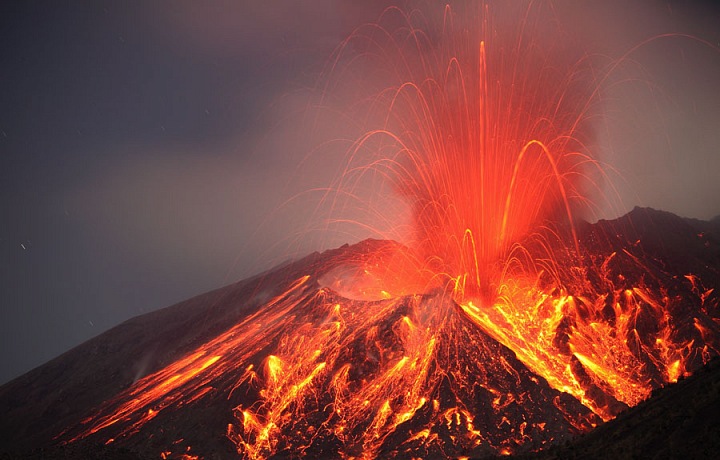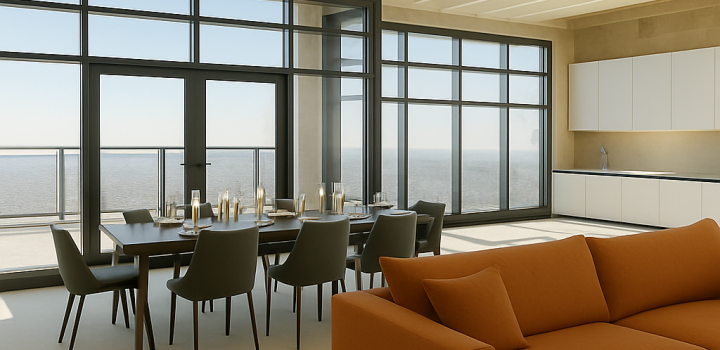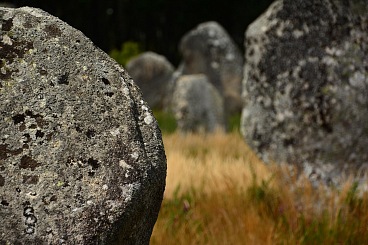Japan: a perfect country in the most restless region in the world
With its 3,900 islands, Japan represents the tectonically most restless region in the world. It is precisely here that several tectonic plates meet, constantly on the move. The number of volcanoes is of course also closely related to earthquakes. Between 7 and 8 shocks of varying strengths hit Japan every year. Around a fifth of all earthquakes happen in precisely this almost perfect country.
Although the power of the magma slumbering beneath the earth of Japan is awaiting its moment, when it will rise up and destroy everything around it up to a distance of 100 kilometres, the Japanese are not afraid of the volcanoes and have come to terms with them. Of the 111 volcanoes, we have chosen two. The first is a symbol of Japan and the other represents great danger looming.
Sacred Mount Fuji
Mount Fuji, the highest mountain and also a volcano is a symbol of Japan. It has a height above sea level of 3,776 metres, the circumference of the mountain at the base is 125 km and you will find it 100 km from Tokyo. The summit is covered in snow for most of the year. Six marked trails lead to the summit and on the eastern side, you will also find a cable car which takes you over fields of lava which sometimes have volcanic steam rising from them.
The luxurious and majestic Mount Fuji is visited by 300,000 tourists per year. Legend has it that the volcano was created in one day, geologist claim that it was created over another peak of an older volcano about 10,000 years ago. There is a post office at the summit so visitors can send a postcard from the very crater itself.
The indigenous inhabitants of Japan – the Ainu people – revered the mountain as sacred. It is also a sacred place for followers of Buddhism and Shintoism. A religious sect was even created in 1558 known as the Fujiko (The Fellowship of Fuji) which is devoted to this mountain alone.
Fuji is a relatively quiet volcano. It last erupted in 1707. It spewed ash and volcanic dust back then which would reach all the way to today’s Tokyo. The volume of ash during the eruption is estimated to have been as much as 800,000,000 m³. No eruptions have been recorded since 1707. An earthquake measuring 6.2 on the Richter scale last occurred nearby in March 2011. The volcano is usually referred to as active with a low risk of eruption.
Sakurajima: calm before the storm?
The stratovolcano Sakurajima represents no such idyll. Despite the fact that the view of it from the nearby town of Kagoshima which is known as the Naples of the Eastern World is a truly luxurious one, the volcano poses a great danger for the locals.
Sakurajima is a stratovolcano made up of 3 volcanoes, one of which occasionally yet regularly spews out ash. Sakurajima last erupted in 2016, but does come to life every year. It is one of the most monumental stratovolcanoes and one of the most attractive volcanoes in Japan. It is currently spoken of as being the most dangerous. Scientists believe that an unusually powerful eruption should occur within the next three decades. However, it is never possible to determine precisely when this will happen. This information does not however influence the locals in any significant way. Simply put, they live here with their volcano and it is part of the local colour. Some of them are already prepared for evacuation.

















